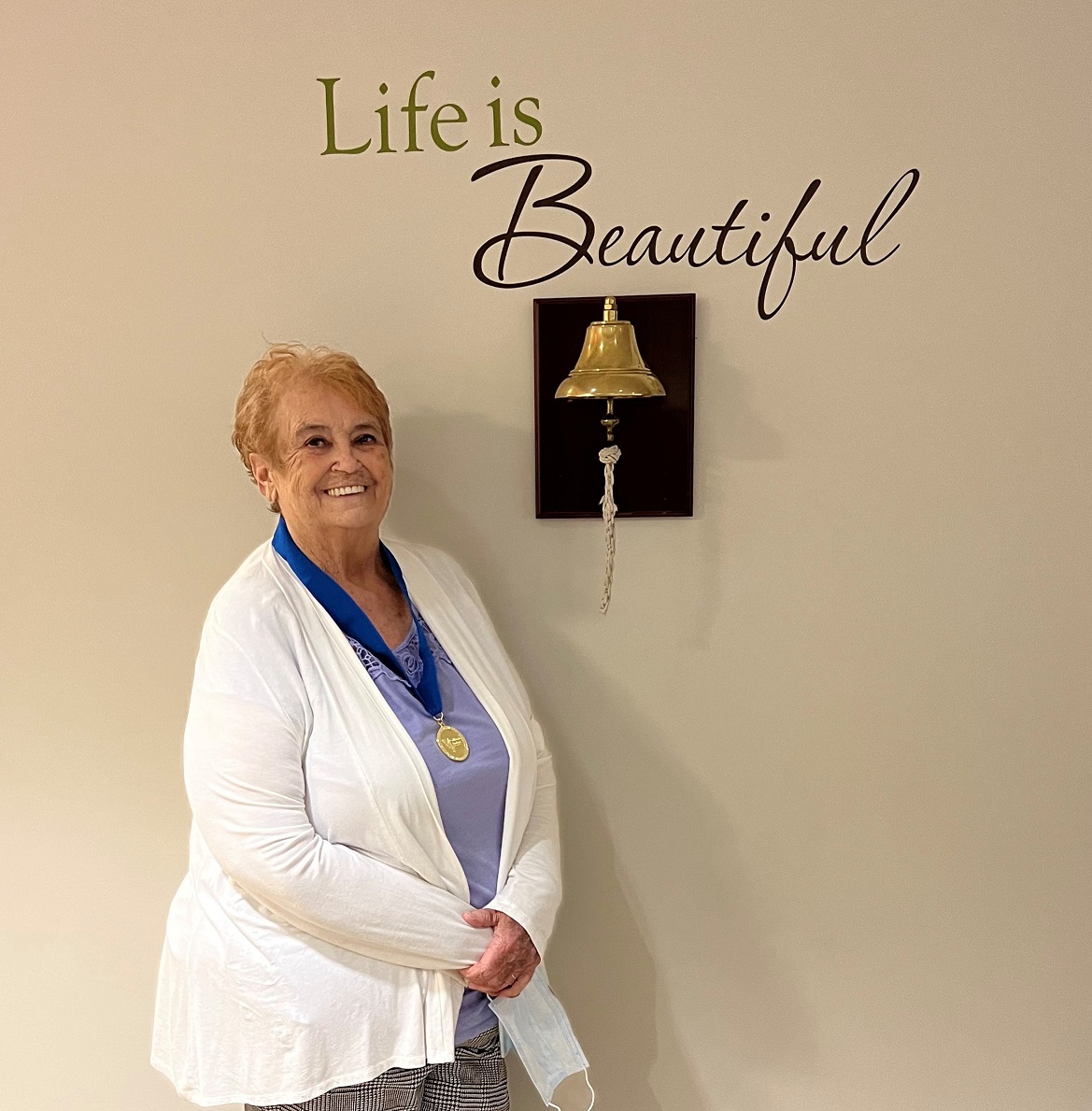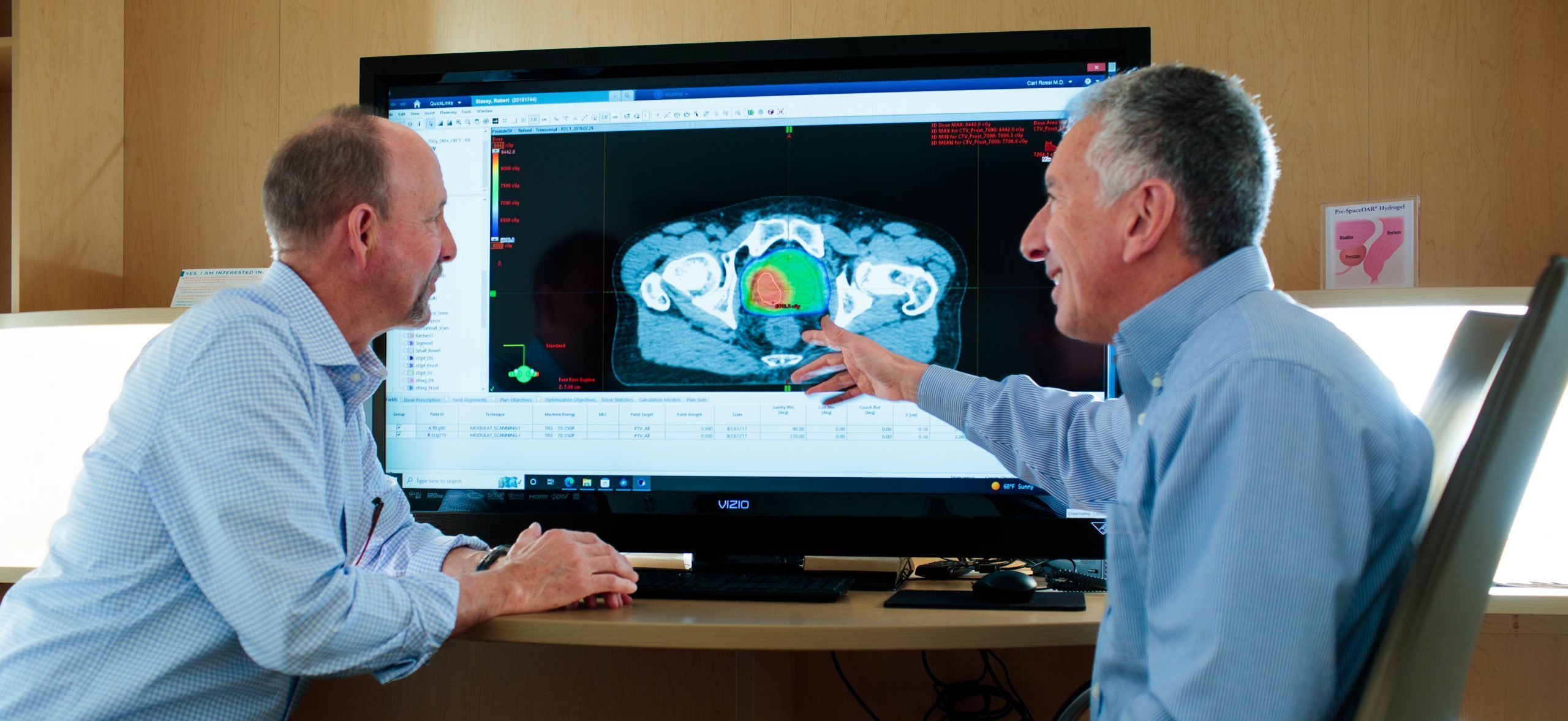How To Help A Loved One Through Cancer Treatment
A little over a year ago, my mother-in-law was diagnosed with Stage I lung cancer. We were lucky that during a scan for another condition, the cancer was spotted and diagnosed very early. Her particular tumor was located extremely close to her aorta, the main artery that supplies blood throughout the body. Its location provided some unique challenges, as she has long-term issues with her esophagus – also located very close to the tumor.

Initially, her medical oncologist told her that 5 treatments of X-ray radiation were indicated to treat her cancer. While she waited for her healthcare provider to coordinate her care, her cancer grew. In a matter of months, she had gone from a Stage I diagnosis to Stage III. Because of this increased stage, it was now recommended that she have 33 doses of X-ray radiation, along with 8 rounds of chemotherapy. On the day that she was slated to have her first X-ray radiation treatment, she met with her radiation oncologist and asked to pause her treatment while she explored other options.
Our family knew how much of a toll 33 X-ray radiation treatments and 8 rounds of chemotherapy would take on my mother-in-law, so we helped her navigate some additional options.
She next met with a surgeon who said he could successfully remove the tumor with robotic surgery, and the recovery would be minimal. However, it would require the removal of one quadrant of her lung. She left his office with a surgery date scheduled.
Initially, her physicians told her that proton therapy would not be approved for her treatment because her healthcare provider did not offer it. Because I have the privilege of working at California Protons Cancer Treatment Center in the marketing department, I urged her to meet with one of our physicians to see if proton therapy would be an option for her.
After speaking with her, and our entire family, my mother-in-law agreed to meet with Dr. Iain MacEwan at California Protons. Dr. MacEwan reviewed all of her scans and records with us and talked about the risks associated with each type of treatment. Ultimately, he felt that proton therapy was an excellent option for us, given the precise nature of it.
Proton therapy provides radiation treatment to a tumor with extreme precision. The protons enter the body at a low dose and then spike their energy at the tumor site. They then stop, so healthy tissues and structures that don’t need radiation are not affected. In contrast, X-ray radiation enters the body at a high dose and continues through the body until it exits, slowly decreasing in strength. This would entail a large dose of radiation to her esophagus and aorta – which could cause eating complications and potential cardiac damage.
In her particular case, proton therapy allowed for the treatment of her tumor without the removal of a lobe of her lung provided the ability to treat the tumor in just 10 sessions, and avoided applying radiation to her aorta or esophagus.
This was an amazing option for her, but insurance coverage was a concern based on what her previous physicians had told her. Our Insurance Team worked closely with my mother-in-law after receiving her specific insurance coverage and was able to get the treatment covered with very little out-of-pocket expense.
My family was thrilled, and truly felt of all options, this would be the easiest on her with the best results.
My mother-in-law completed treatment and was able to ring the graduation bell with all of us present, including three of her seven grandchildren. During and after treatment she had no side effects, most notably no issues with eating or swallowing. She experienced some fatigue, so we took turns getting her to and from her treatments. The fatigue waned shortly after treatment, and she’s back to her previous self.
A year later, her scans showed no signs of cancer. We are all so happy and grateful for the care she received and how easily she tolerated treatment.
When a loved one is diagnosed with a health issue, it’s often easy to go with the first recommendation from your physician. But in my experience, sometimes those recommendations are what they are most familiar with. By taking a little bit of time and obtaining second and third opinions from physicians offering different treatment options, we felt we gathered all of the information to make the best decision for our loved one.




